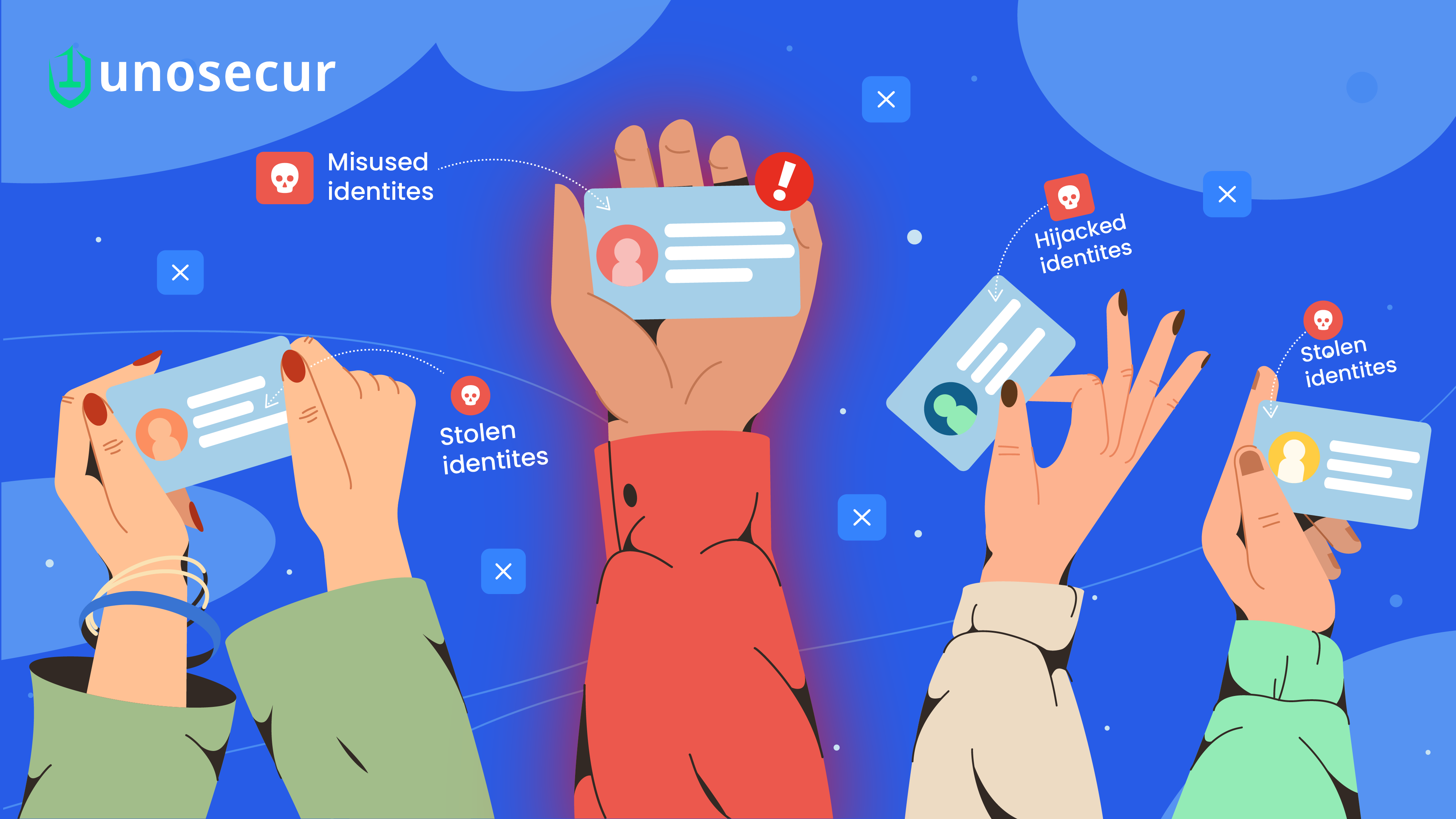AWS Root Account Compromise: Insider Misuse Exposes Credential Hygiene Gaps
.png)
TL;DR
A former operational environment maintainer for RubyGems.org retained production-level access through unrotated, shared AWS root credentials that were stored in Ruby Central’s shared enterprise password-manager vault. Those credentials were later used for a malicious AWS root login from multiple countries, allowing for a brief seizure of full administrative control. No data was confirmed lost, but the incident exposed critical gaps in offboarding, shared access, and credential rotation.
Immediate actions:
Rotate all shared credentials, restrict root account usage, enforce MFA, audit IAM permissions, and enable continuous identity monitoring.
What Happened
A former operational environment maintainer for RubyGems.org retained access to the credentials for Ruby Central's AWS root account even after their offboarding. The credentials, which remained unchanged, were stored in Ruby Central’s shared enterprise password-manager vault. Using these credentials, an unauthorized login was made from IP addresses traced to San Francisco, Tokyo, and Los Angeles.
Once inside, the actor reset the root password, locking out authorized users and taking temporary control of the AWS environment. The incident disrupted production services, IAM configurations, and integrations with tools such as Datadog and GitHub Actions.
Although Ruby Central confirmed that no data theft was detected, the exposure granted the attacker the ability to modify infrastructure, escalate privileges, and disable monitoring systems.
Why It Matters
Critical Exposure
AWS root credentials have absolute control. A single compromise can allow an attacker to delete infrastructure, turn off security controls, and access sensitive data.
Governance Failure
Shared credentials and a lack of rotation created a single point of failure. The offboarding process failed to revoke privileges or enforce least privilege—leaving behind an insider threat that was both invisible and dangerous.
Potential impact:
- Modification or deletion of AWS resources and IAM policies
- Disabling of monitoring or integrations
- Exposure of data through infrastructure access
- Compliance and reputational fallout from traceable misuse
Even without data loss, misuse of root-level credentials qualifies as a serious breach.
Attack Overview
Vector:
Unrotated, shared AWS root credentials were retained post-offboarding for the ex-employee.
Behavior:
- Logins from multiple countries using valid credentials
- Root password reset and temporary environment lockout
- Potential to modify IAM, infrastructure, or monitoring configurations
Indicators of Compromise (IoCs):
- Root logins from unfamiliar IPs or regions
- Sudden password resets
- Unexpected IAM policy changes or user removals
- Missing DataDog or GitHub integrations
- CloudTrail anomalies tied to root activity outside maintenance windows
Who’s Affected
Impacted systems:
All production cloud services are tied to the AWS root account, including compute, IAM, monitoring, and CI/CD integrations.
Wider relevance:
Any organization using shared or unrotated credentials for privileged cloud accounts, especially AWS root users, is exposed to the same risk.
Immediate Remediation Checklist
- Rotate credentials immediately: Replace all shared or potentially compromised secrets.
- Lock down root access: Restrict usage to break-glass scenarios and enforce MFA.
- Audit IAM permissions: Remove dormant users, stale service accounts, and redundant privileges.
- Revoke legacy access: Make sure former employees lose all access to cloud and SaaS systems.
- Review integrations: Revalidate connections such as DataDog, GitHub Actions, and CI/CD pipelines.
- Preserve evidence: Retain CloudTrail logs, access histories, and vault records for forensics.
- Notify and escalate: Follow internal incident response and legal escalation procedures.
Strengthening Identity Resilience
In the days following such an incident, the first step is to tighten control around privileged access. Enforce MFA across all administrative accounts, especially the AWS root user. Shared password vaults should be phased out, and all production credentials rotated immediately. Conditional access and geo-fencing policies can further reduce exposure by restricting when and where admin logins occur.
In the longer term, the focus should shift from cleanup to resilience. Shared credentials must be eliminated entirely. Automated identity lifecycle management ensures that every joiner, mover, and leaver is handled securely and consistently. Centralized privilege management, paired with continuous monitoring, transforms identity governance from an annual audit into a live security control.
Monitoring and Detection
Continuous monitoring is essential for catching identity misuse before it escalates. Regularly review CloudTrail logs for root or IAM privilege escalations, and monitor event histories for access-key creation, policy changes, or password resets. Patterns tell a story. Logins from unusual regions or outside business hours often point to compromised credentials. Integrations with tools like DataDog and GitHub can help correlate anomalies across systems. Over time, establishing behavioral baselines helps surface dormant accounts that suddenly reactivate or display irregular activity.
Pay close attention to high-risk signals such as root logins without MFA, rapid logins from multiple countries, deletions of users or policies outside change windows, or any activity linked to offboarded identities. Together, these indicators form the backbone of a proactive detection strategy that can uncover misuse before it becomes a full-blown breach.
Conclusion and key takeaways:
This incident underscores how credential misuse and incomplete offboarding can turn routine operations into serious risks. The lessons are simple: never share or reuse root credentials, rotate secrets regularly, and enforce MFA for every privileged account. Treat identity lifecycle management as a core control, and continuously monitor for anomalies. This is where Unosecur helps put these principles into practice. Our Unified Identity Fabric (UIF) correlates human and non-human identity signals across AWS, SaaS, and hybrid systems, helping teams detect misuse in real time, automate remediation, and validate policy alignment.
In today’s cloud environments, identity is the new perimeter. The difference between “contained” and “compromised” often comes down to a single stale credential.
Don’t let hidden identities cost
you millions
Discover and lock down human & NHI risks at scale—powered by AI, zero breaches.


%20(1920%20x%201080%20px).png)
